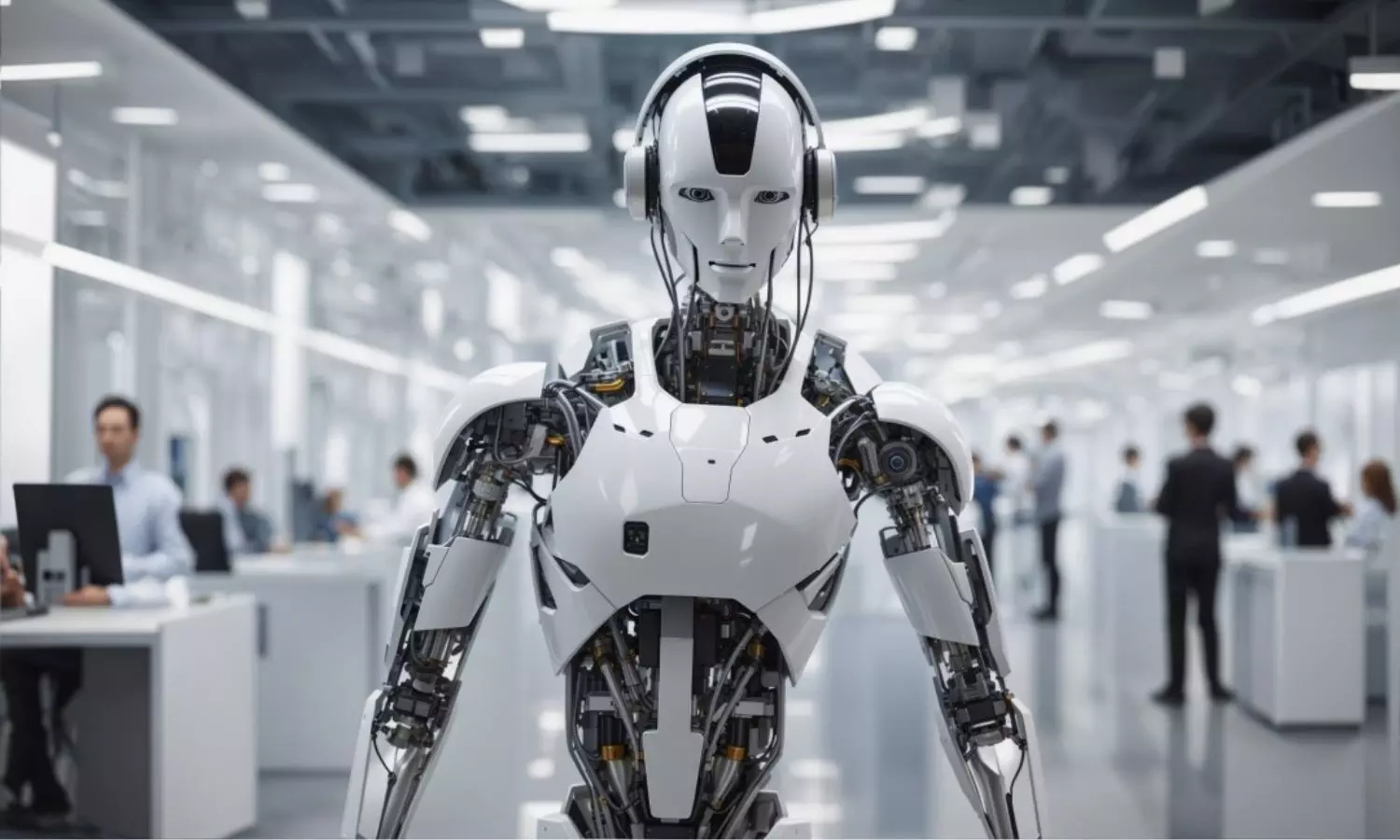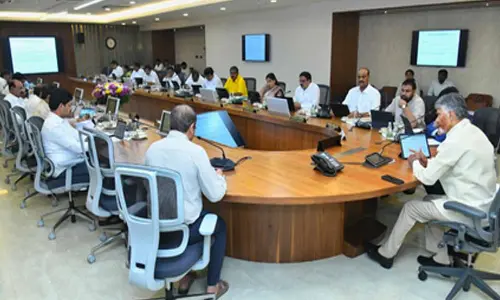From Automation to Augmentation: How AI is paving the path for the workforce

Undeniably, artificial intelligence (AI) is no longer a futuristic concept; it’s a driving force reshaping the modern workplace.
The integration of Artificial Intelligence (AI) in the workforce has been a subject of intense debate, with many fearing that automation would replace human jobs. However, the reality is that AI is not here to replace us but to augment our capabilities. From enhancing productivity and efficiency to creating new job opportunities, AI is paving the path for a future workforce that is more collaborative, innovative, and effective.
So, let us now explore the opinions of experts regarding the ways in which artificial intelligence is changing the workforce:
Saket Newaskar, Director & Head of Transformation, Expleo, said, “Artificial intelligence development has shifted the fundamental way of looking at technology in the workplace. Starting from the focus of AI in automating routine tasks initially, we are entering an age that adds capabilities to humans, not replaces them. Movement from automation to augmentation is a crucial rethink of human-to-machine collaboration. From performing tasks for us, artificial intelligence has moved into an age of collaboration, thus growing our cognitive abilities and creative aptitudes in unprecedented ways.”
“Just as the microscope broadened, our view of the unseen and the calculator relieved us of half the drudgery of our computing powers, so the tools of AI are today opening out our mental faculties and making us at once brighter, more creative, and more effective in our chosen roles. A division between humans and machines will not characterise the future workforce; rather, it will flourish through their synergy. We are progressing towards a workplace in which artificial intelligence manages the routine tasks, thereby liberating humans to concentrate on their core competencies: innovating, empathising, strategising, and leading with emotional intelligence and creative vision,” he added.
Professor and Associate Dean Dr. Prateek Aggarwal, COD School of Computer Science & Engineering, LPU, stated, “AI is revolutionising the workforce, moving beyond automation to become a powerful tool for augmentation. Rather than replacing humans, AI enhances human capabilities and allows employees to work smarter, faster, and more creatively.
Automation has long been a cornerstone of technological advancement, handling repetitive tasks with precision and speed. However, AI takes this further by enabling machines to analyse data, learn from patterns, and make decisions. This shift has transformed many sectors, especially healthcare, education, and manufacturing, where AI assists professionals in diagnosing diseases, personalising learning, and optimising production lines.
AI-enabled intelligent tools are empowering employees to focus on strategic tasks by handling mundane operational processes. For example, AI-powered virtual assistants manage schedules and streamline communication, while advanced analytics provide insights that drive innovation and efficiency. AI also fosters continuous learning by offering adaptive training platforms that help workers acquire new skills tailored to emerging market demands. This not only improves productivity but also ensures a resilient workforce equipped for the challenges of tomorrow.
“We believe that in the future of work, it really is a seamless integration of AI-driven augmentation, not simply automation. Automation will delete repetitiveness, but AI can amplify the capabilities of that worker, making him stronger, more strategic, and more creative all the way through from data analytics to the customer service level. By combining human ingenuity with AI capabilities, Clavrit is unlocking new efficiencies for businesses and creating a more dynamic, collaborative work environment.
Our commitment to AI-driven augmentation is not about replacing people but equipping them with the tools they need to thrive in this fast-changing landscape. The journey from automation to augmentation is a step toward a more empowered workforce, where technology and human potential combine to unlock unprecedented opportunities for growth and innovation. Together, we’re building a future where AI and people work in harmony to shape the next generation of work,” said Mr Amarjeet Dangi, Founder & CEO, Clavrit Digital Solutions.
Manish Godha, Founder and CEO, Advaiya, remarked, "Automation is not about replacing the human workforce but augmenting its capabilities. In fact, AI has unlocked the potential to solve complex business problems that were previously insurmountable—whether it's predicting supply chain disruptions with precision or enabling hyper-personalized customer experiences. Today, it's not just about doing tasks faster; it's about doing more. Imagine automating data reconciliation, which frees analysts to uncover actionable insights, or streamlining repetitive support queries, allowing teams to focus on innovation. This shift from automation to augmentation is a testament to how technology extends human ingenuity, empowering businesses to solve challenges and seize opportunities once thought beyond reach."
Woman injured in stabbing attack in Tokyo, suspect at large
Bengal cop booked for murder over mysterious death of woman home guard, SIT to probe case
Staffer recalls horror of 7-kg gold robbery by armed gang in Karnataka’s Hunsur
25-Year-Old Airline Cabin Crew Member Dies At Gurugram Party; Police Begin Investigation















